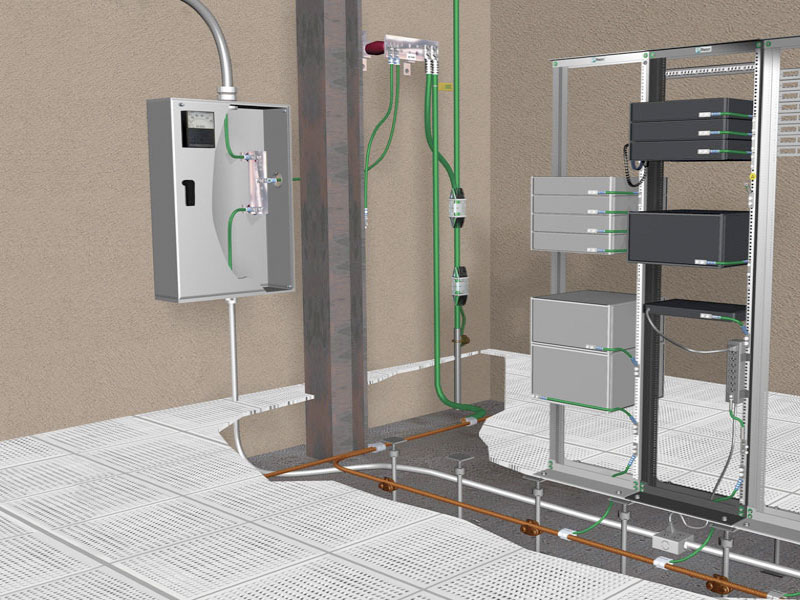There is a very common misconception in and outside of the electrician circle on the proper definition of earthing and bonding. Many consider them to be the same and often the term ‘Earth bonding’ is incorrectly used.
What caused the misunderstanding?
The confusion may have rose from the fact that both these methods are used to safeguard the electronic appliances in our home as well as ourselves from the danger of short circuiting. Sometimes an electronic amenity might develop a fault and this in turn can make the outer metallic casing of the device become ‘live’. Touching the casing under such circumstances will cause electrocution and sometimes can even prove to be fatal. To avoid this we get proper earthing and bonding established in our homes and offices by certified electricians. But they are never to be confused as the same thing.
How does earthing differ from bonding?
Earthing and bonding are two very different installations used to serve the same purpose- keeping your electrical equipment as safe as possible.
Electrical Earthing
Once a device becomes ‘live’ its metallic outer casing develops dangerous voltages. If an appliance is earthed from beforehand the chances of any such mishap is eliminated. It thus becomes much safer to work around with electricity without any possible threat during removal, maintenance and servicing. The concept of earthing is to generate a safe path for the current from the faulty device to reach earth. All ‘earthed’ electrical equipments are connected to an earth grid or an electrode which creates a low resistance path to the ground through which the current can pass down without causing any hazardous voltage being created in the equipment. The grounded or earthed circuits of machines need to have an effective return path from the machine to the power source for proper continued functioning of the system thus creating the neutral circuit.
Electrical Bonding
Bonding on the other hand is meant to limit the magnitude of touch voltages. Touch voltage refers to the voltage between the faulty equipment and the part of your body in contact with it. If you were to touch malfunctioning equipment and touch some other metallic device, your body would act as the earthing electrode and this might prove to be fatal.
Then there is also the chance of this starting a chain reaction causing all the electric parts part in the room to become live. To avoid this all the metallic non-current carrying items in a room are connected together to avoid getting an electric shock. This is called bonding.
Thus earthing and bonding are two very important installations in any electrical system and must never be overlooked. Inspection of these should only be done by certified and trained electricians. The electrician makes sure whether you system has the proper earthing and bonding installed. They also check if the installations are of the correct size and are correctly connected. It is also made sure that the installations meet the safety requirements of BS7671












